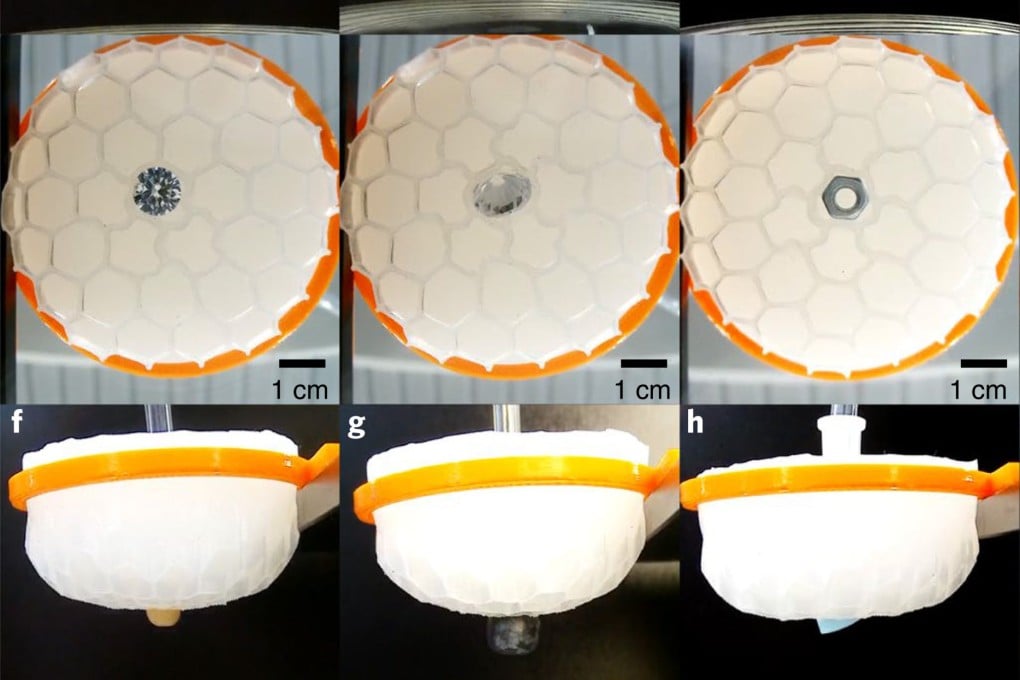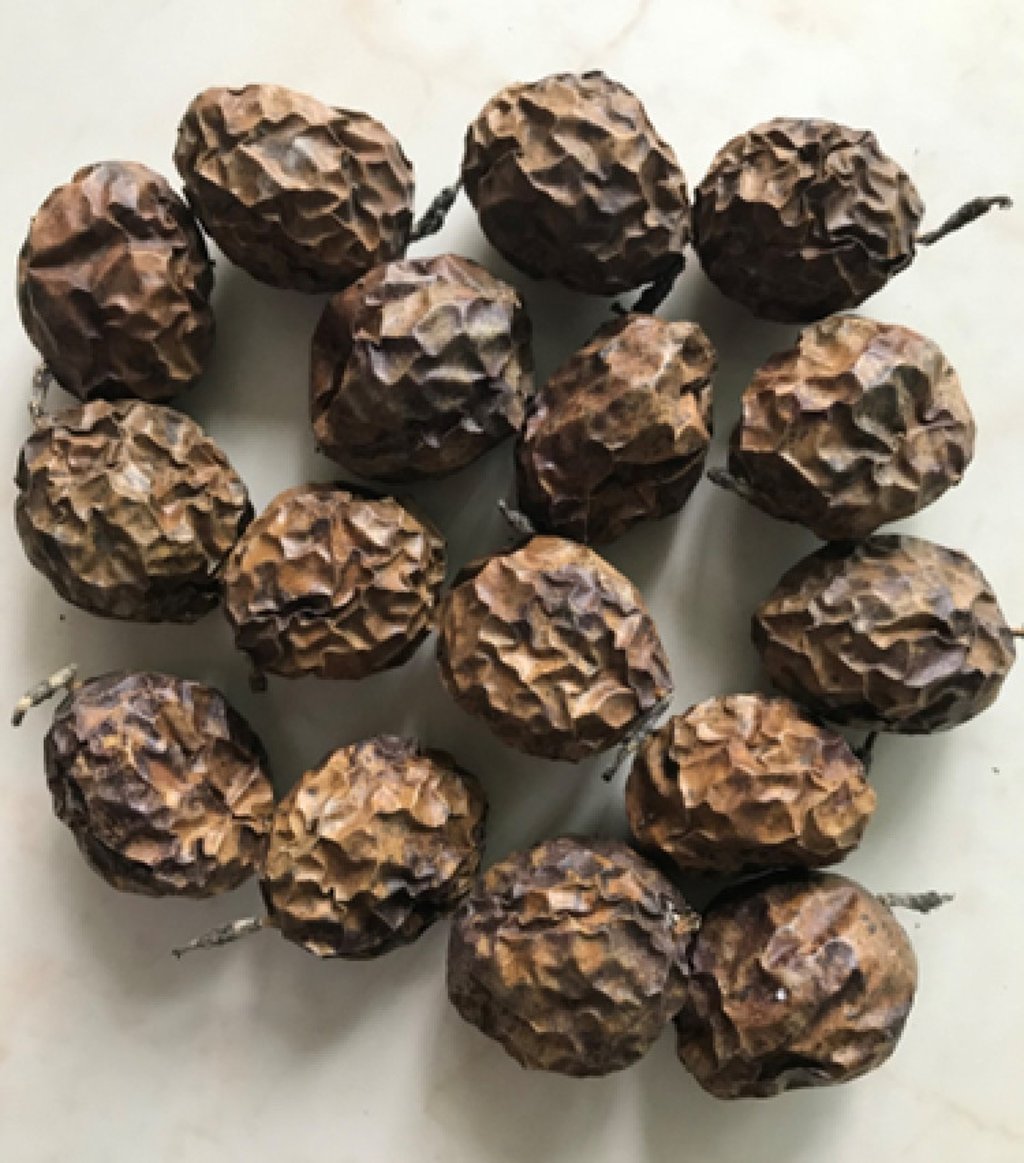How dried passion fruit inspired a Chinese device that might help clean up space junk
- Silicone ball forms deep wrinkles that can ‘grab’ nearby items, from diamonds and glass to blueberries and soybeans
- Invention could be used to retrieve hazardous materials, hard-to-reach objects and debris that could harm spacecraft, researchers say

The deep wrinkles on the device’s surface can grasp a variety of objects – from diamonds to blueberries – and could even be used to clean up tiny particles of space junk floating in orbit, according to the scientists, whose findings were published in the peer-reviewed journal Nature Computational Science on Monday.

Xu Fan, a professor with the department of aeronautics and astronautics at Fudan University, said the simple and agile device could be made in sizes ranging from millimetres to metres and be deployed in places people could not reach.
The idea started with a box of fruit that was left at the office. Xu’s colleague at Tsinghua called to say he saw some interesting patterns taking shape in the withering produce, so the scientists started dehydrating passion fruit to observe them.
